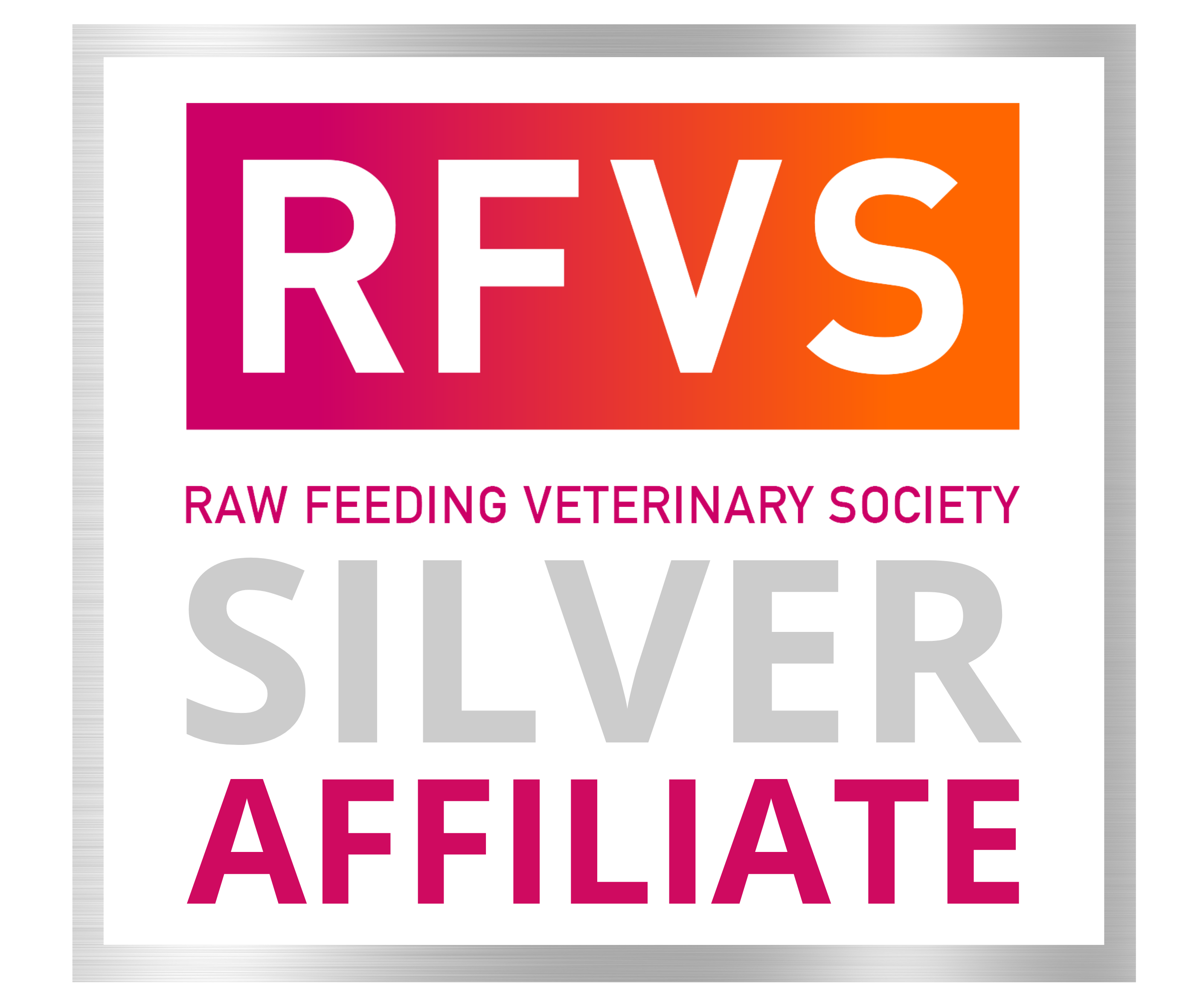Feeding Kittens & Puppies

WHAT YOU NEED TO KNOW
Feed kittens & puppies 5% of their bodyweight and up to 10% during a growth spurt. Monitor their condition closely and change their intake to suit needs. Requirements usually reduce around 8-10 months of age.
PUPPIES
- Puppies must spend at least two weeks on minced mixes (including bone, organs & green tripe).
- Bone broth is a great addition to a new puppy’s diet - especially during the settling-in period.
- After two weeks, if all is well, they can change to a different variety of mix and be introduced to a raw meaty bone every couple of days.
- Choose one type of bone initially. Soft bones like necks & brisket are good starting options.
- Feed a small amount of green tripe alongside each raw meaty bone.
- Once the puppy is settled on this routine, gradually introduce variety - one new item at a time.
| AGE | HOW OFTEN TO FEED |
| <12 weeks | 3 times a day |
| 12 weeks - 6 months | 2 - 3 times a day |
| 6 months - 1 year | 2 times a day |
| 1 year+ (Adults) | 1-2 times a day |
KITTENS
- Kittens must spend at least two weeks on minced mixes and boneless meats before trying raw meaty bones such as chicken necks and rabbit shoulders.
- Approximately ⅔ of their diet should be mixed minces (including bone and organs) and ⅓ of their diet should be boneless meat products (including fillets and meat cubes).
- After two weeks, if all is well, kittens can also regularly eat raw meaty bones. Aim for at least 2x a week, but some will enjoy them every day.
- Encourage your kitten to eat a wide variety, so they adapt well to the seasonal nature of a raw diet.
| AGE | HOW OFTEN TO FEED |
| <6 months | 3 - 4 times a day |
| 6 months | 2 times a day |
BONE BENEFITS
Calcium & Phosphorus: Raw meaty bones supply calcium and phosphorus in perfect combination - no need for guess work and formulations and certainly no need for supplementation. A young kitten or puppy, when supplied with an adequate amount of raw meaty bones, will use exactly what it needs for growth and development and excrete any excess
Dental Benefits: Chewing raw meaty bones is beneficial to the development of healthy teeth and gums. The chewing and tearing will help dislodge baby teeth and allow normal progression of the adult teeth.
